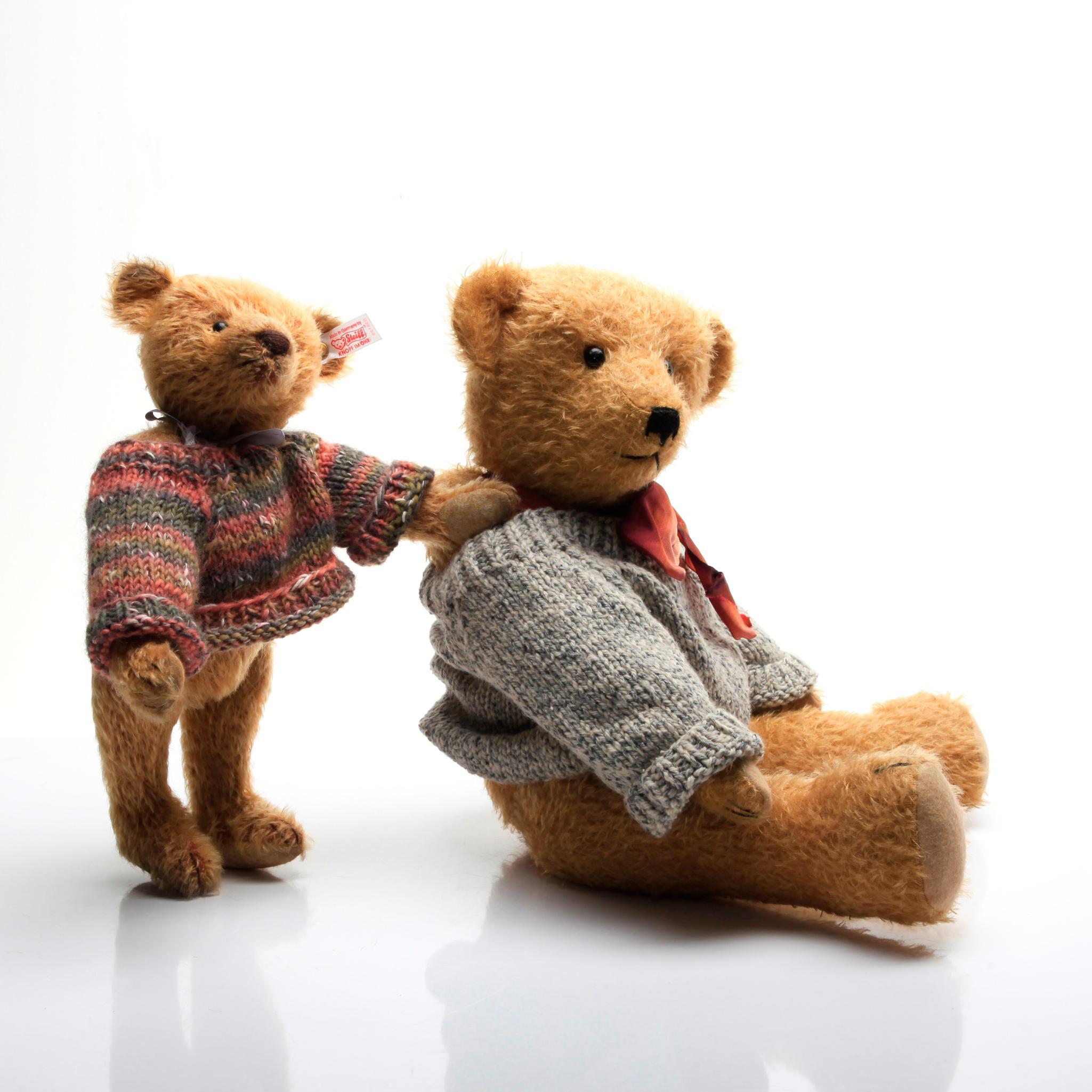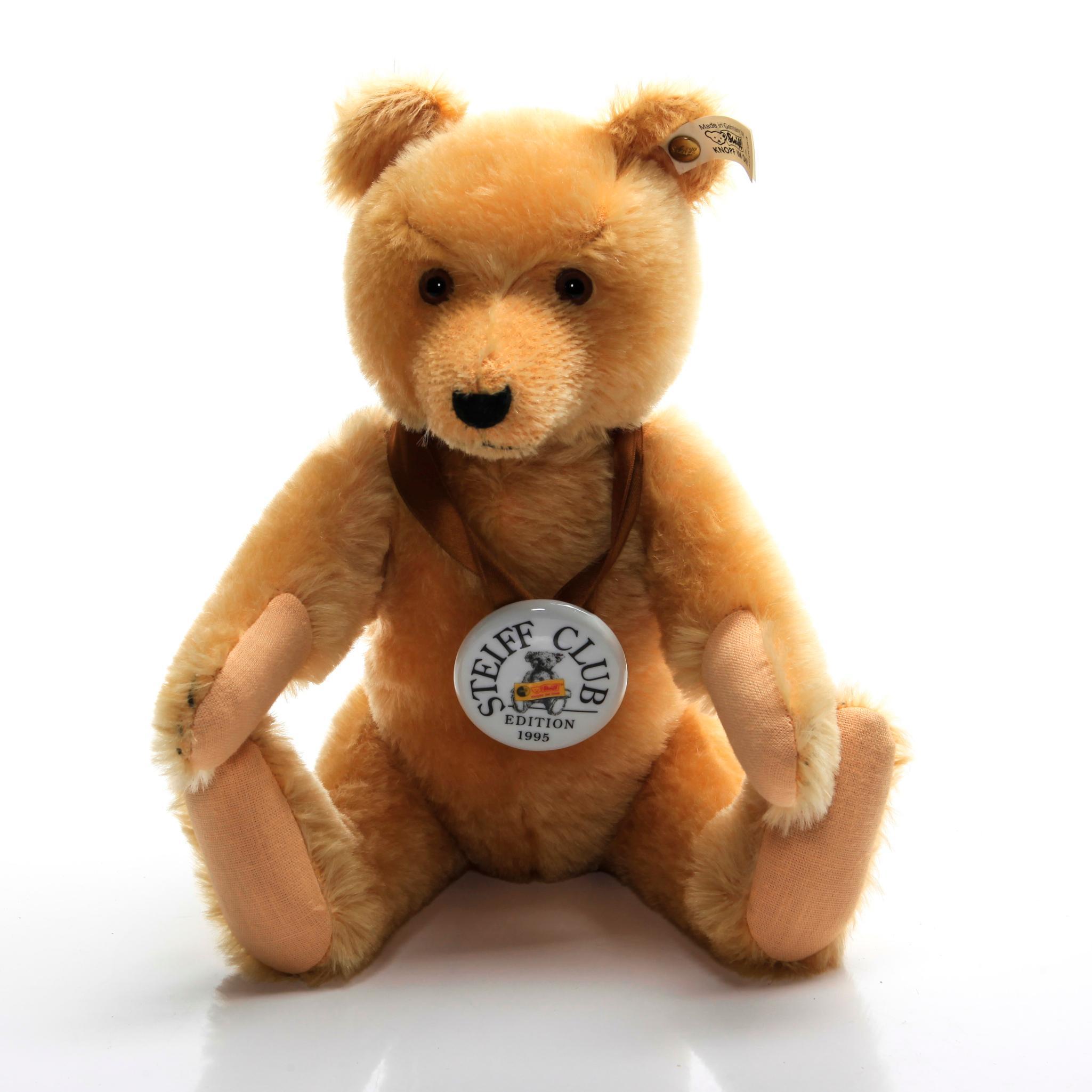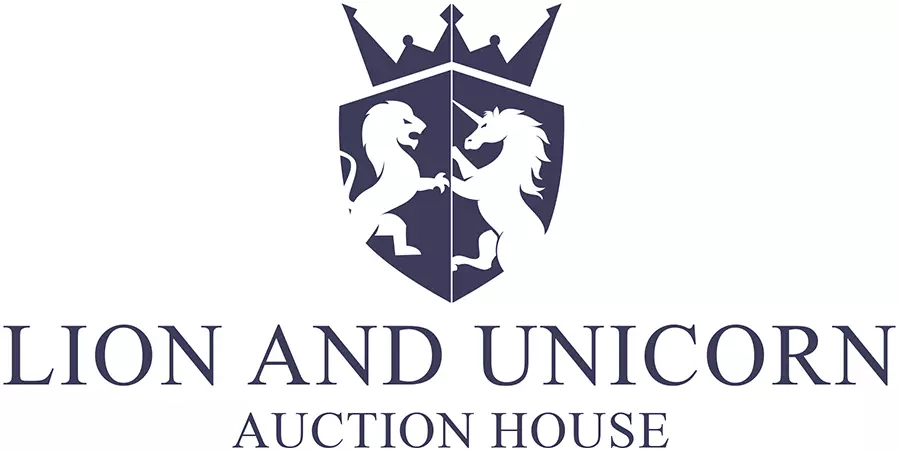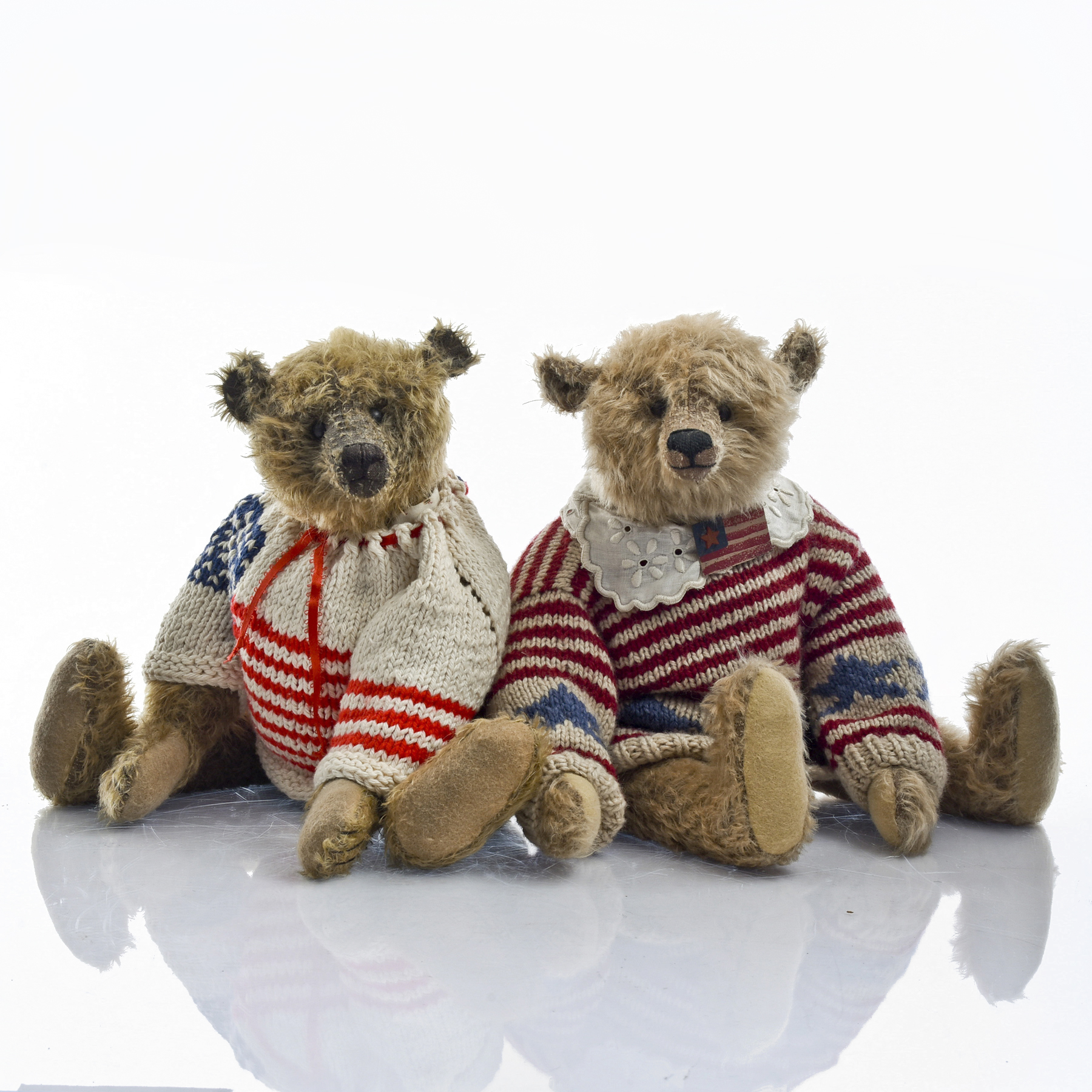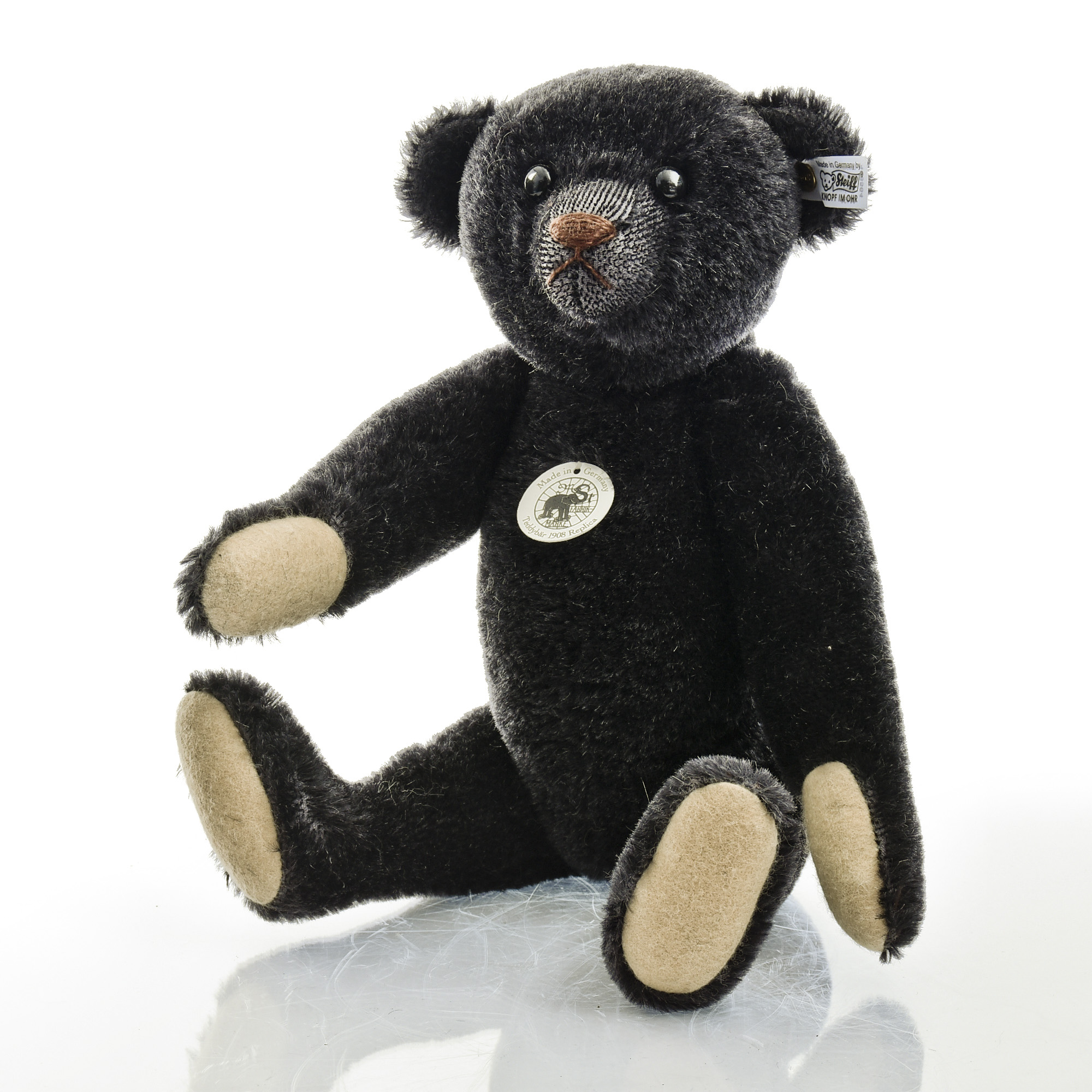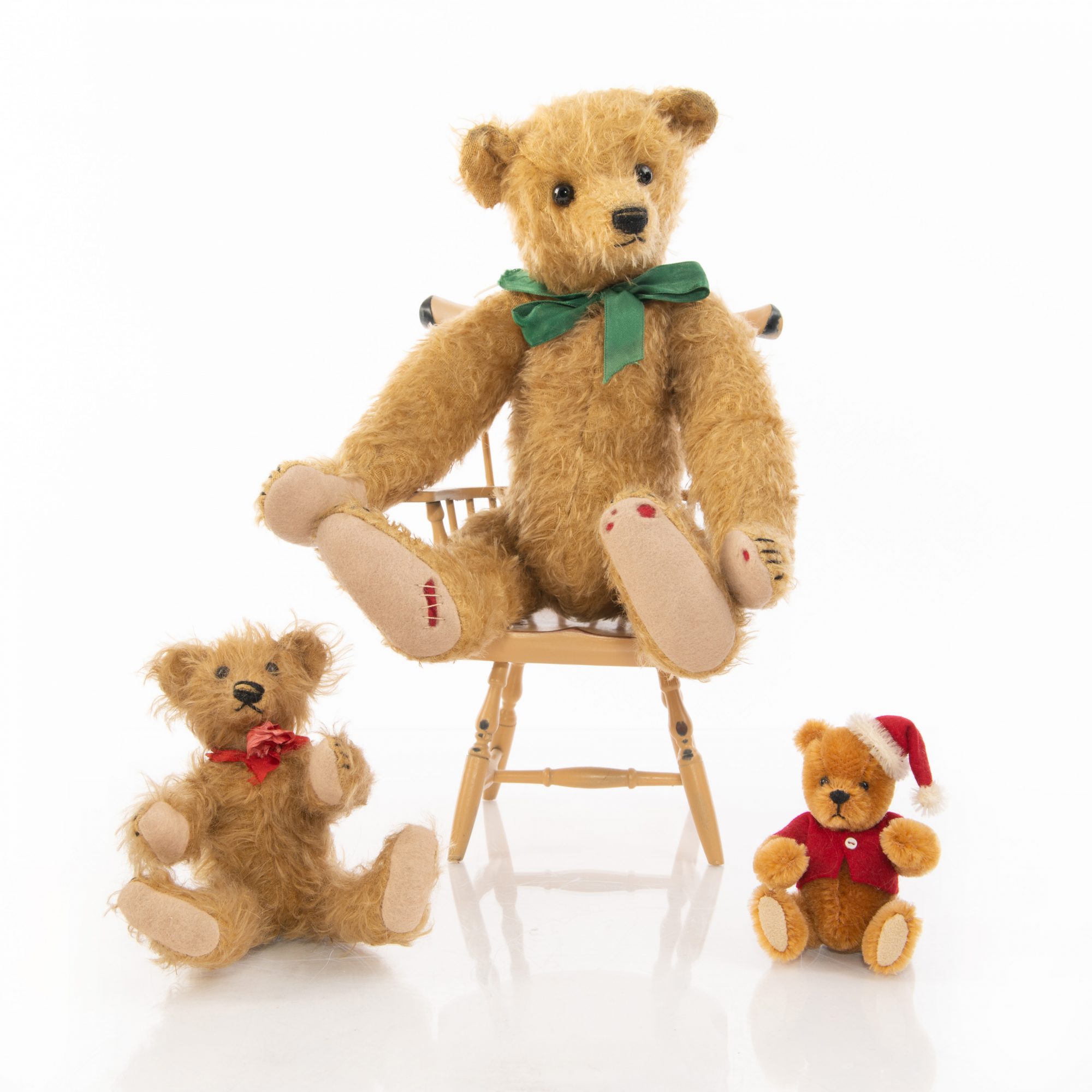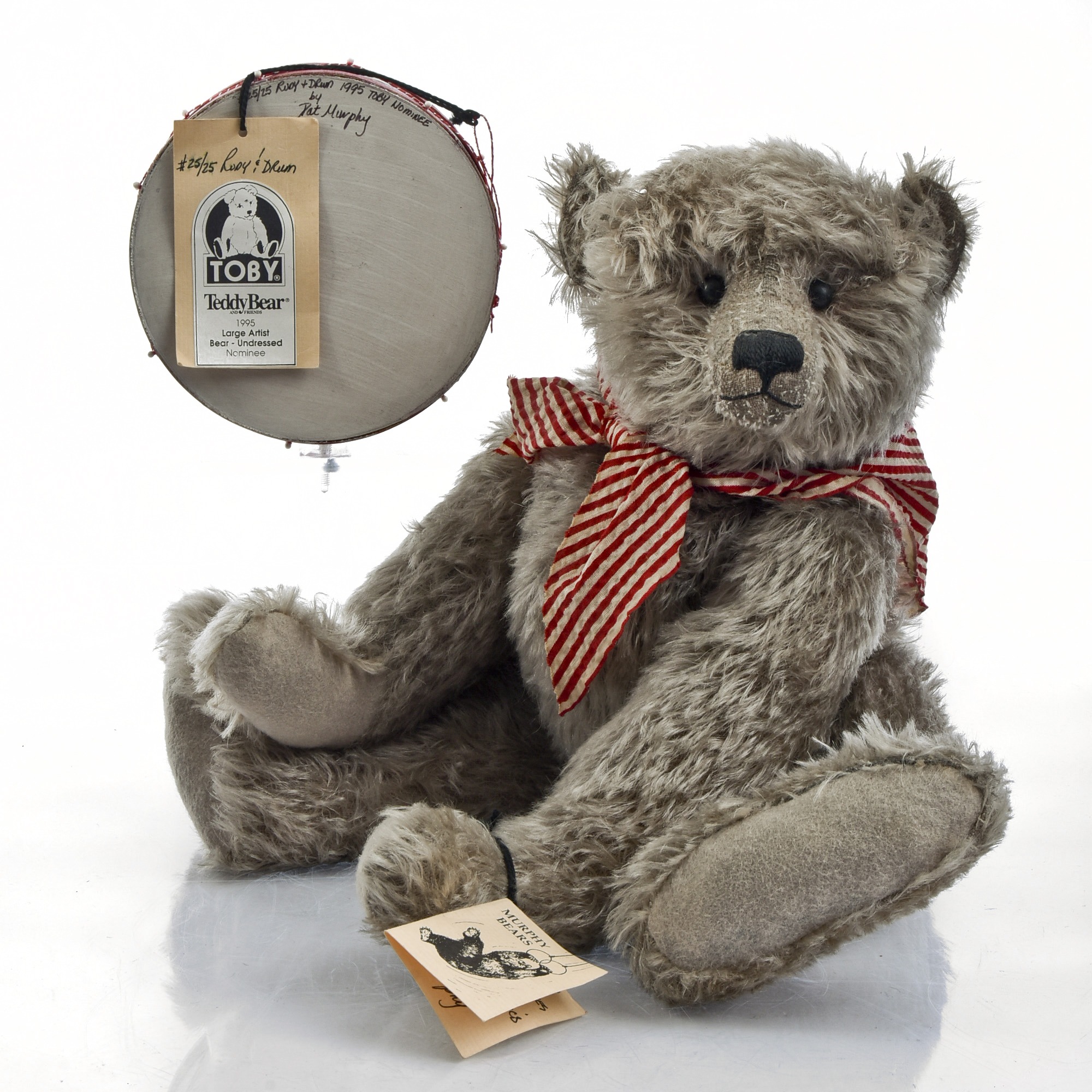Artist Highlight, Collector's Corner
Steiff and Collecting Teddy Bears
During a 1902 bear hunting trip, Roosevelt’s attendants cornered and tied an American black bear to a willow tree after a long exhausting chase. Roosevelt refused to shoot the bear himself, deeming it unsportsmanlike; the incident became the topic of a cartoon by Clifford Berryman in The Washington Post on November 16, 1902. Although the original cartoon depicted an adult bear lassoed by a handler and a disgusted Roosevelt, later versions made the bear smaller and cuter.
